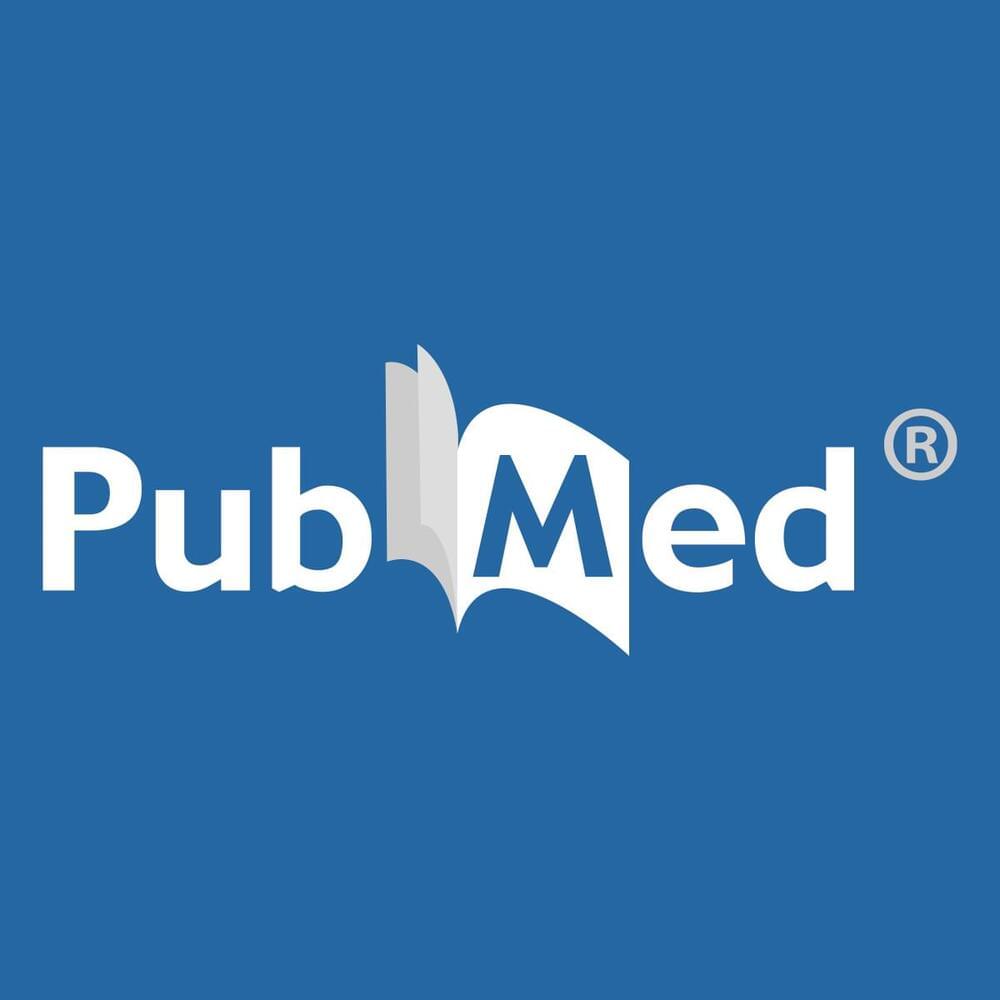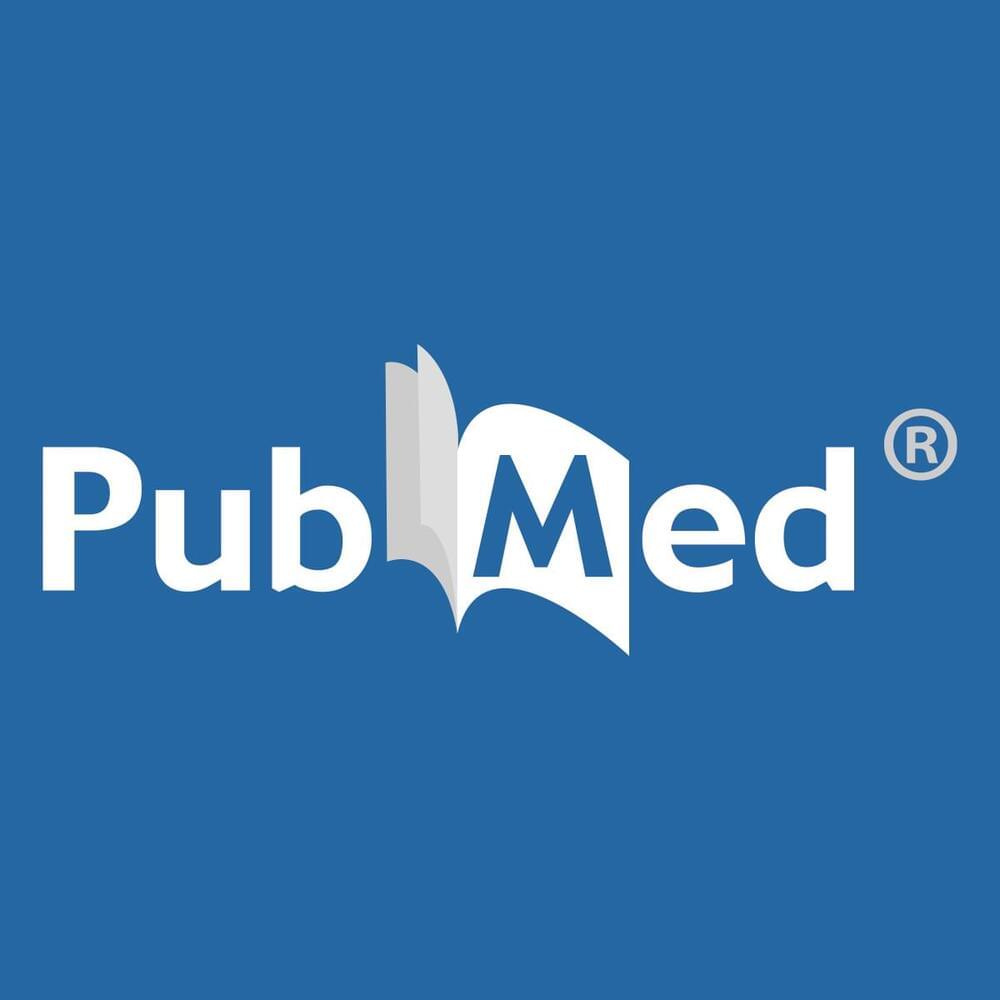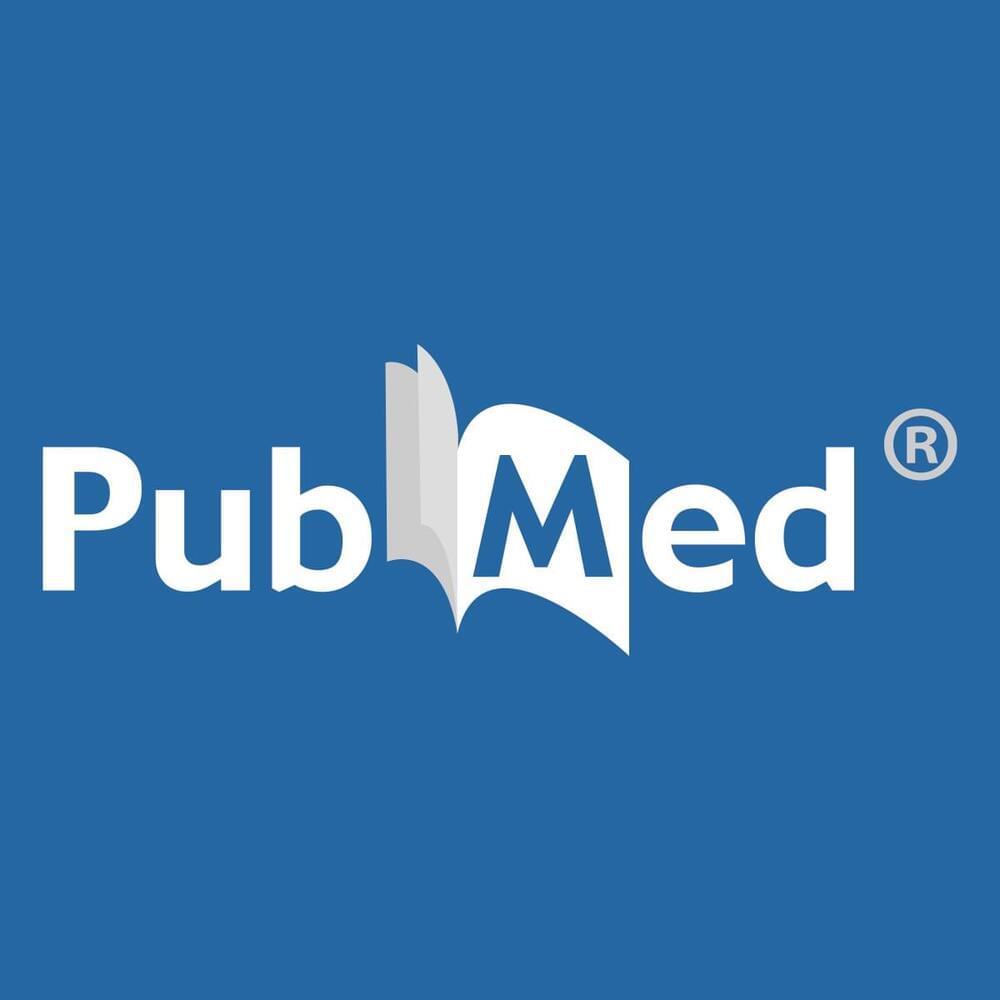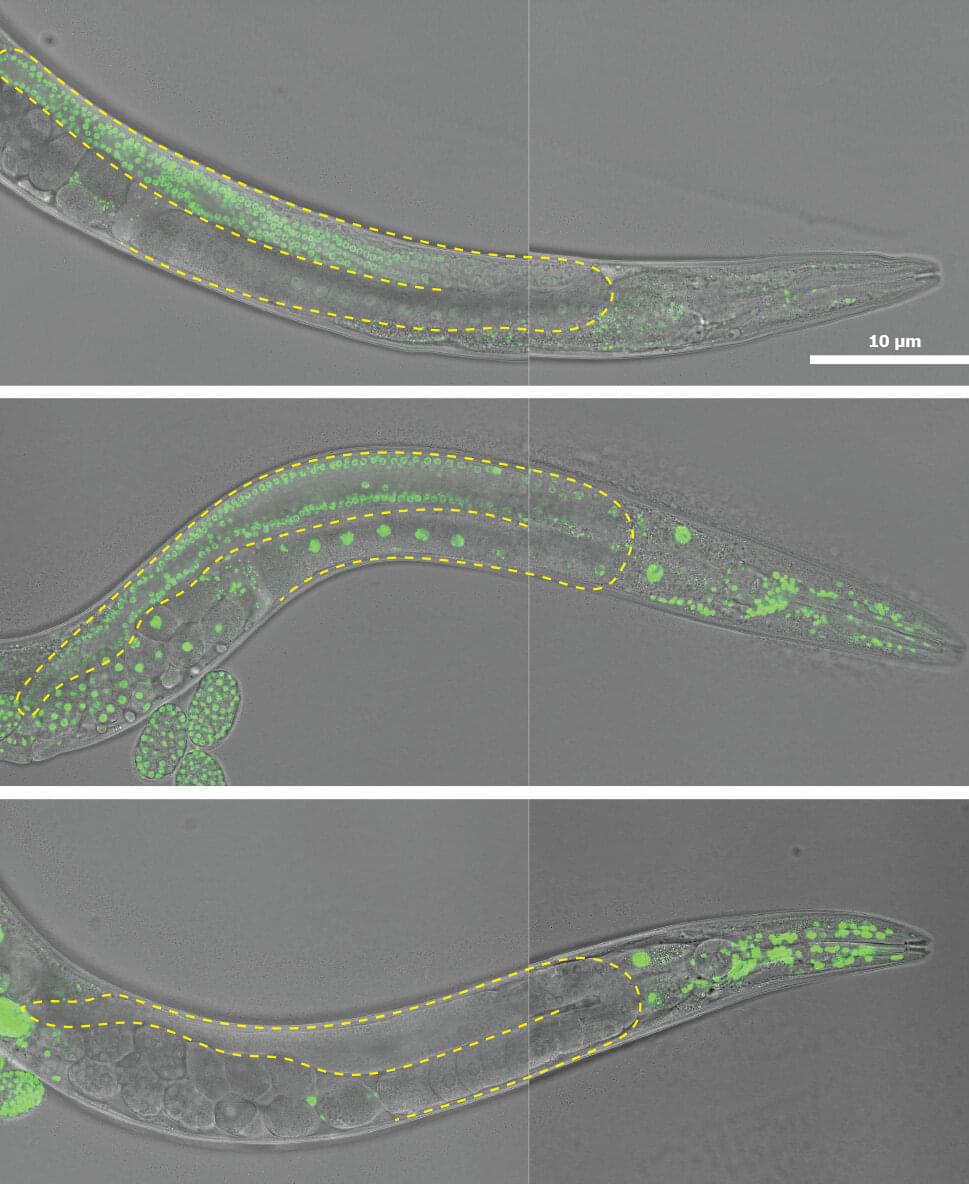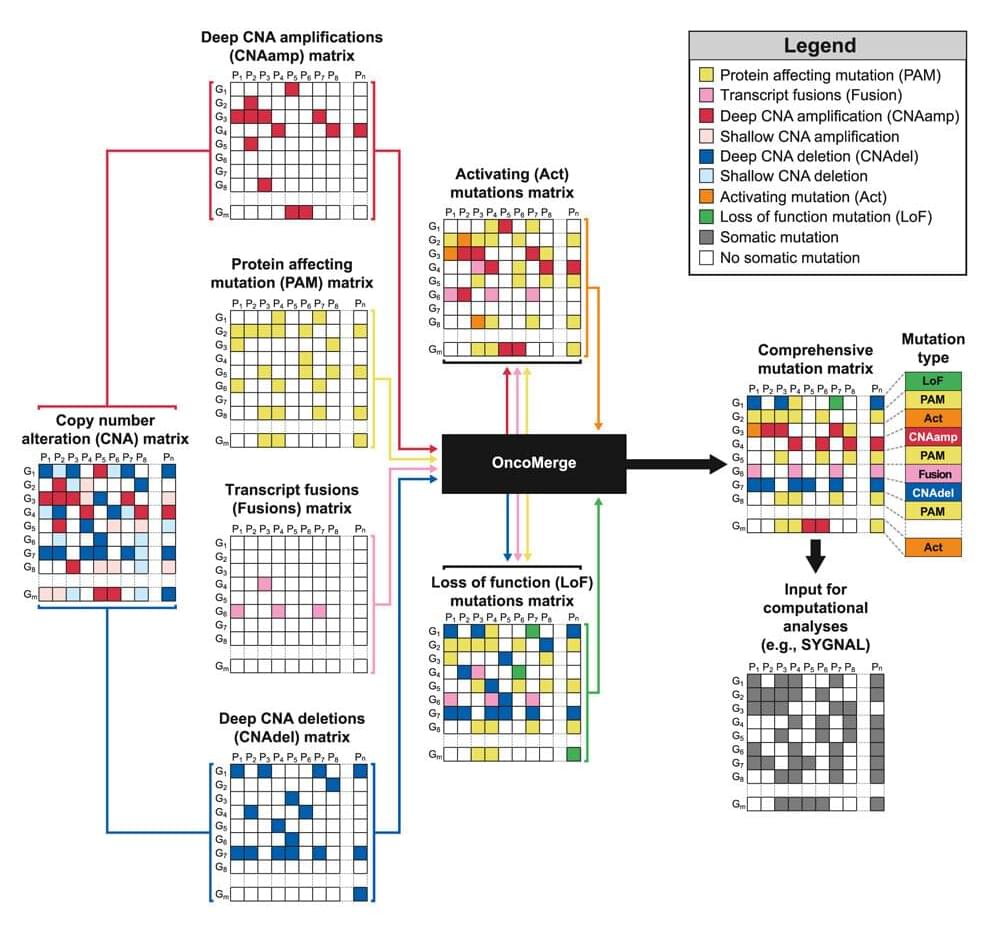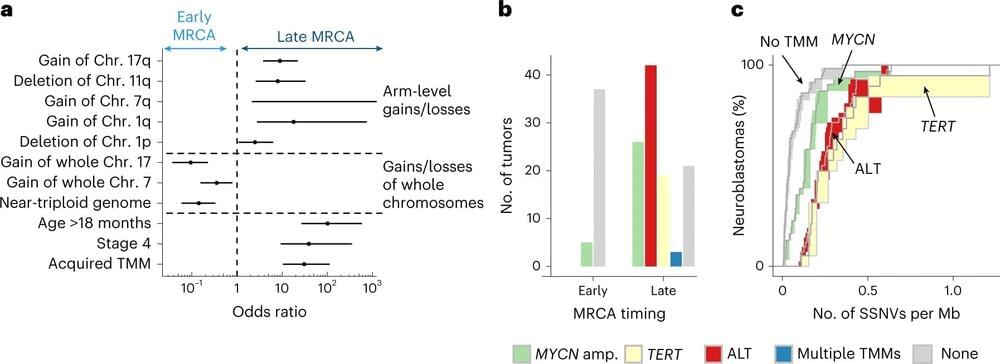Enzyme-catalyzed replication of nucleic acid sequences is a prerequisite for the survival and evolution of biological entities. Before the advent of protein synthesis, genetic information was most likely stored in and replicated by RNA. However, experimental systems for sustained RNA-dependent RNA-replication are difficult to realise, in part due to the high thermodynamic stability of duplex products and the low chemical stability of catalytic RNAs. Using a derivative of a group I intron as a model for an RNA replicase, we show that heated air-water interfaces that are exposed to a plausible CO2-rich atmosphere enable sense and antisense RNA replication as well as template-dependent synthesis and catalysis of a functional ribozyme in a one-pot reaction. Both reactions are driven by autonomous oscillations in salt concentrations and pH, resulting from precipitation of acidified dew droplets, which transiently destabilise RNA duplexes. Our results suggest that an abundant Hadean microenvironment may have promoted both replication and synthesis of functional RNAs.
© 2023. The Author(s).
Conflict of interest statement.
